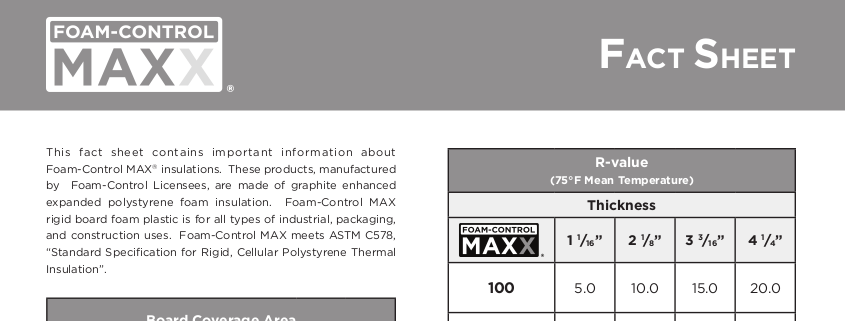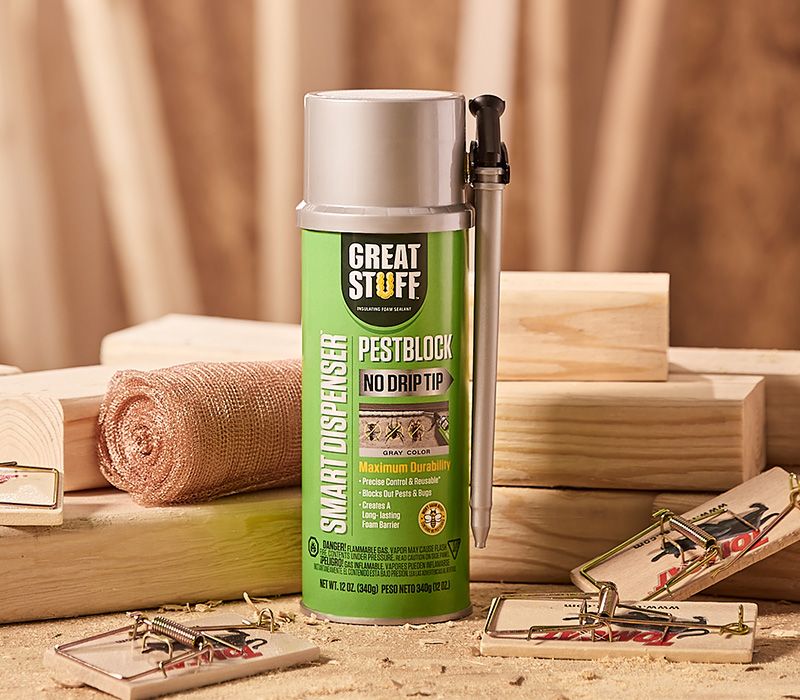Ingenious Foam Control Solutions to Boost Your Manufacturing Processes
Wiki Article
Reliable Strategies for Accomplishing Optimum Foam Control in Chemical Manufacturing
Efficient foam control is a vital aspect of chemical production that can significantly influence production efficiency and item quality. By comprehending the mechanisms of foam formation and picking appropriate anti-foaming agents, suppliers can take positive measures to minimize too much foam. Additionally, the execution of process optimization techniques and progressed surveillance systems plays an important role in maintaining ideal operating problems. The nuances of these approaches can differ extensively across various applications, elevating essential questions concerning best practices and real-world executions that merit further expedition.Recognizing Foam Development

Surfactants, or surface-active agents, lower the surface area stress of the fluid, assisting in bubble security and promoting foam generation. Furthermore, frustration or mixing procedures can enhance bubble development, typically worsening foam concerns. The qualities of the fluid medium, consisting of thickness and thickness, further impact foam actions; as an example, more thick liquids often tend to catch air more properly, bring about boosted foam stability.
Comprehending these essential elements of foam formation is vital for efficient foam control in chemical production. By identifying the conditions that advertise foam development, manufacturers can carry out targeted techniques to reduce its damaging results, therefore optimizing manufacturing processes and ensuring consistent product high quality. This foundational expertise is essential prior to exploring specific approaches for controlling foam in commercial settings.
Selection of Anti-Foaming Agents
When selecting anti-foaming agents, it is necessary to consider the particular qualities of the chemical procedure and the kind of foam being produced (Foam Control). Various factors influence the efficiency of an anti-foaming agent, including its chemical composition, temperature stability, and compatibility with other process materialsSilicone-based anti-foams are extensively used due to their high performance and wide temperature array. They work by minimizing surface area tension, permitting the foam bubbles to coalesce and break more easily. However, they may not appropriate for all applications, especially those including delicate formulations where silicone contamination is a problem.
On the various other hand, non-silicone representatives, such as mineral oils or organic compounds, can be useful in details scenarios, particularly when silicone residues are undesirable. These representatives often tend to be much less effective at greater temperature levels yet can give effective foam control in other problems.
In addition, understanding the foam's origin-- whether it occurs from oygenation, frustration, or chemical reactions-- guides the selection procedure. Examining under actual operating conditions is essential to ensure that the picked anti-foaming agent satisfies the special demands of the chemical production procedure properly.
Process Optimization Methods
Reliable foam control is a crucial element of enhancing chemical manufacturing procedures. To improve performance and decrease manufacturing expenses, producers have to carry out targeted procedure optimization techniques. One crucial method includes changing mixing speeds and configurations. By fine-tuning these specifications, operators can reduce disturbance, thereby minimizing foam development throughout mixing.Additionally, regulating temperature and pressure within the system can substantially influence foam generation. Reducing the temperature level might lower the volatility of specific elements, leading to reduced foam. Keeping optimum pressure degrees helps in reducing extreme gas release, which contributes to helpful site foam security.
Another reliable approach is the calculated enhancement of anti-foaming representatives at critical points of the process. Careful timing and dose can ensure that these representatives efficiently subdue foam without interfering with other procedure parameters.
Furthermore, incorporating an organized examination of raw product residential properties can aid determine inherently lathering compounds, enabling preemptive steps. Carrying out regular audits and process testimonials can disclose inefficiencies and locations for enhancement, allowing continuous optimization of foam control approaches.
Surveillance and Control Systems
Monitoring and control systems play an essential function in preserving optimal foam monitoring throughout the chemical production process. These systems are important for real-time observation and adjustment of foam levels, making sure that production effectiveness is maximized while minimizing disturbances created by too much foam development.Advanced sensors and instrumentation are employed to spot foam density and height, giving critical data that informs control formulas. This data-driven strategy permits the prompt application of antifoaming agents, making certain that foam degrees continue to be within appropriate restrictions. By incorporating tracking systems with procedure control software, producers can apply automatic actions to foam changes, reducing the requirement for hands-on intervention and improving directory operational consistency.
Additionally, the integration of artificial intelligence and predictive analytics into monitoring systems can assist in aggressive foam management. By examining historic foam data and functional parameters, these systems can forecast foam generation patterns and recommend preemptive actions. Regular calibration and upkeep of surveillance devices are important to make certain accuracy and integrity in foam discovery.
Inevitably, efficient tracking and control systems are essential for optimizing foam control, promoting safety, and boosting total productivity in chemical manufacturing atmospheres.

Study and Best Practices
Real-world applications of tracking and control systems highlight the value of foam administration in chemical production. A remarkable study involves a massive pharmaceutical manufacturer that executed an automated foam detection system. By integrating real-time monitoring with predictive analytics, the facility minimized foam-related manufacturing downtime by 30%. The data-driven approach permitted for timely interventions, making certain constant product high quality and operational efficiency.Another exemplary situation originates from a petrochemical business that took on a mix of antifoam representatives and procedure optimization methods. By assessing foam generation patterns, the organization tailored its antifoam dose, causing a 25% decrease in chemical usage and significant cost financial savings. This targeted method not just lessened foam disturbance yet also improved the overall stability of the production process.

Final Thought
Finally, accomplishing ideal foam control in chemical manufacturing requires an extensive approach incorporating the selection of suitable anti-foaming agents, implementation of process optimization techniques, and the combination of sophisticated surveillance systems. Normal audits and training better enhance the effectiveness of these approaches, fostering a society of continuous improvement. By resolving foam development proactively, makers can significantly improve manufacturing efficiency and product high quality, inevitably adding to even more lasting and affordable procedures.By understanding the mechanisms of foam formation and choosing proper anti-foaming representatives, suppliers can take aggressive actions to mitigate excessive foam. The attributes of the fluid tool, consisting of thickness and thickness, additional impact foam behavior; for example, even more thick fluids have a tendency to trap air a lot more successfully, leading to raised foam stability.
Understanding these fundamental facets of foam development is crucial for reliable foam control in chemical production. By analyzing historic foam data and functional specifications, these systems can forecast foam generation patterns and advise preemptive procedures. Foam Control. Routine audits of foam control measures make sure that processes remain maximized, while promoting a culture of proactive foam monitoring can lead to sustainable enhancements throughout the production range
Report this wiki page